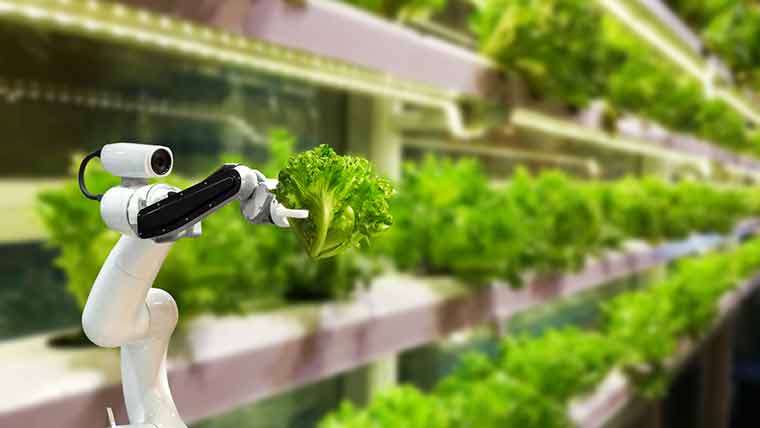
In the changing world of farming, technology has become a powerful tool, changing old farming methods and influencing the future of the industry. Using new technologies has not only made things more efficient but has also allowed for sustainable and precise farming. This article looks at the many ways technology affects modern farming, examining important innovations and what they mean for the farming market.
1. Precision Farming: Optimizing Resources for Maximum Yield
Precision agriculture applies new technologies to a series of aspects connected with farming crop care, irrigation, and harvesting. Tractors with GPS positioning and drones equipped with sophisticated sensors help farmers monitor conditions in the field as precisely as possible. Since it provides just that precise information farmers are able to make smart decisions that allow them to optimize resources and produce more.
a. Precision Crop Monitoring:
Satellite imagery coupled with advanced sensors provides real-time data on the health status of farmers' crops to help them monitor their fields from a distance. It helps in the early detection of diseases, pests, and nutrient deficiencies to enable timely intervention that could minimize crop losses.
b. Variable Rate Technology (VRT):
VRT allows farmers to use variable rates of fertilizers and pesticides, depending on field conditions. Farmers can optimize their yield while minimizing the potential negative impact on the environment by applying more or fewer amounts in other parts of the field.
2. Autonomous Farming: The Rise of Robotic Agriculture
Automation is nowadays a common feature of farming. Machines and robots are doing the work previously done by humans. This helps solve the problems of not having enough workers and makes the work run smoothly.
a. Autonomous Tractors:
Tractors with GPS and sensors can operate around fields, perform tasks with precision, and improve planting and harvesting. These have drastically reduced human involvement in farms, with the advantage of saving money by increasing productivity in return.
b. Harvesting Robots:
Robotic systems designed for harvesting tasks are increasingly becoming common, especially in those crops that are labour intensive, such as fruits and vegetables. Such robots use techniques of computer vision and machine learning to find and accurately pick ripe produce, reducing the need for manual labor while increasing efficiency in harvest operations.
3. Internet of Things (IoT) in Agriculture: Connecting Farms Digitally
IoT has brought in a new era of connectivity in agriculture wherein farmers could keep track and monitor the different aspects of their activities remotely. IoT helps provide data to aid in the decision-making process with the use of smart sensors and intelligent devices.
a. Smart Irrigation Systems:
IoT enabled sensors monitor soil moisture and weather conditions. The data helps in adjusting the irrigation systems with much precision. It doesn't just conserve water this way but also allows crops to grow well with the right amount of water.
b. Livestock Monitoring:
IoT devices are increasingly being applied to monitoring farm animal health and well being. Wearable sensors can monitor vital signs, eating habits, and even detect illness, thus allowing farmers to take quick action toward the care of their animals.
4. Vertical Farming: Cultivating the Future Indoors
Vertical farming is a big change in agriculture. It moves growing plants from regular outdoor fields to stacked layers inside buildings. This method uses controlled conditions, hydroponics, and artificial lights to make better use of resources and grow more crops.
a. Controlled Environment Agriculture (CEA):
CEA systems provide precise control over temperature, humidity, and light, creating ideal conditions for plant growth. This eliminates the uncertainties associated with outdoor farming and allows for year round cultivation.
b. Aeroponics and Hydroponics:
Most vertical farms apply soilless cultivation methods, such as aeroponics and hydroponics. Plants receive their nutrients from mist or nutrient rich water in such methods. These methods use less water, with minimal pesticide application, allowing the plants to grow faster.
5. Blockchain in Agriculture: Ensuring Transparency and Traceability
This it does by solving many issues surrounding transparency, traceability, and the integrity of supply chains in agriculture. Blockchain enhances trust in the entire agricultural system since the ledgers are both decentralized and secure.
a. Supply Chain Traceability:
Everything from planting, harvesting, processing, and distribution of items can be tracked in a step-by step fashion through blockchain. This openness helps develop trust among consumers by giving them vivid information about the origin and quality of agricultural products.
b. Smart Contracts for Fair Trade:
Fair trade agreements are automated and enforced using smart contracts through blockchain technology, ensuring that farmers receive fair compensation for their products while reducing the involvement of middlemen in agricultural markets.
Conclusion:
Technology in modern agriculture surpasses the limits of innovation; it is a basic driver of sustainability, efficiency, and productivity. From precision farming to autonomous vehicles, passing by IoT and blockchain, this integration of technologies possesses the potential of a sea change in agriculture. In this changing industry, the most important thing will be working in concert with old farming methods and new technologies to feed the world and sustain our planet for the long term. The tech harvest is not just a catchy term; it is the future of farming, with plenty of produce for many generations to come.
Trending Posts

Global Silver Nanoparticles Market
The global silver nanoparticles market was valued at $2.08 billion in 2020, and is projected to reach $4.1 billion by 2027, growing at a CAGR of ~17%
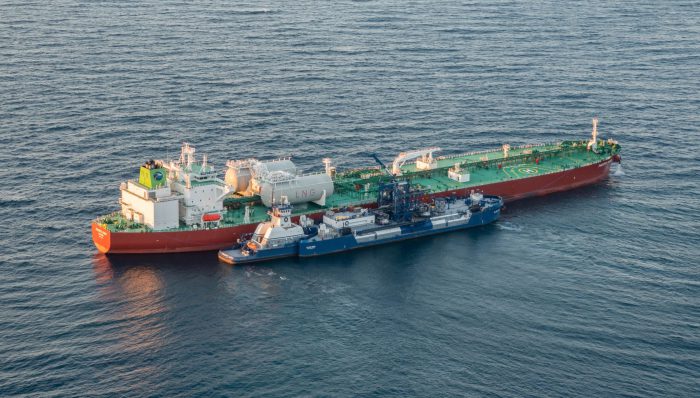
LNG Bunkering – Here is something you must know!
In the current scenario of growing pollution, companies are trying to adapt more and more sustainable approach that not only gives eco-friendly result

The Basic Pension Comes - Federal Cabinet Decides On the Pension Supplement
Financial security in old age is an issue that is causing stomach pains for more and more people in Germany. Low-wage earners fear the elderly. The ba
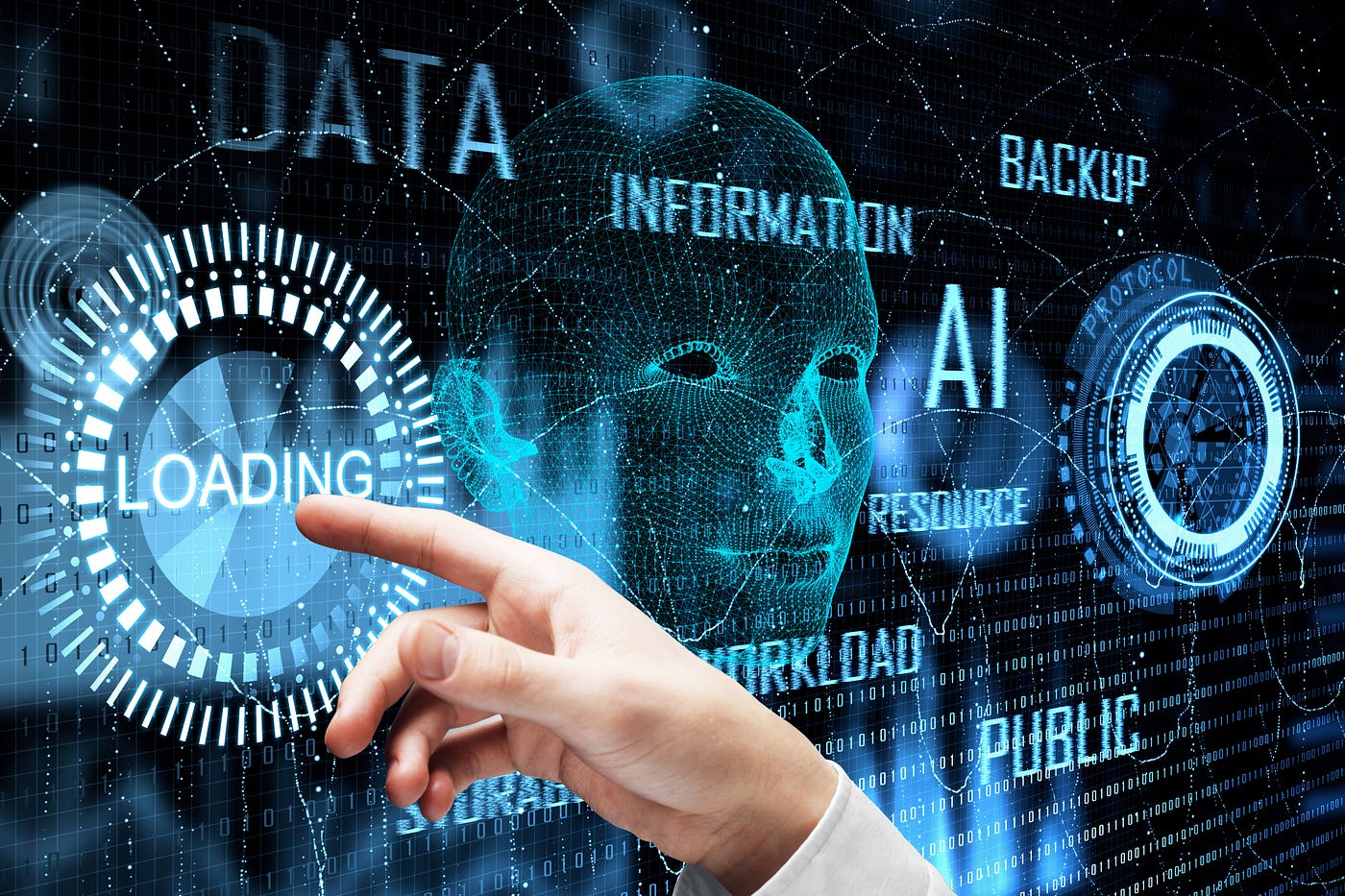
The Future of Artificial Intelligence
In recent years, the field of artificial intelligence (AI) has witnessed unprecedented growth and transformative advancements. As AI technologies

Sailing into the future with Autonomous Ships
Autonomous Vehicles (AVs) are the uproar of this era. After airways, thanks to the companies like Tesla, that people are now getting used to see drive

Rising Demand For Uninterrupted Power Supply Is Expected To Drive The Power Rental Market
Todays world is totally reliant on electric power. There are many things which are not manageable without electricity. Power rental is a concept where

Rapidly growing IT industry coupled with the trend of bringing your own device (BYOD) is expected to provide new opportunities for growth of Cloud Collaboration
Cloud collaboration is the process of sharing and co-authoring the computer-based work through cloud technology

Factcheck on UV Disinfection for COVID-19
Many regulatory authorities and bodies believe that UV disinfection technologies can play a role in a multiple barrier approach to reducing the transm
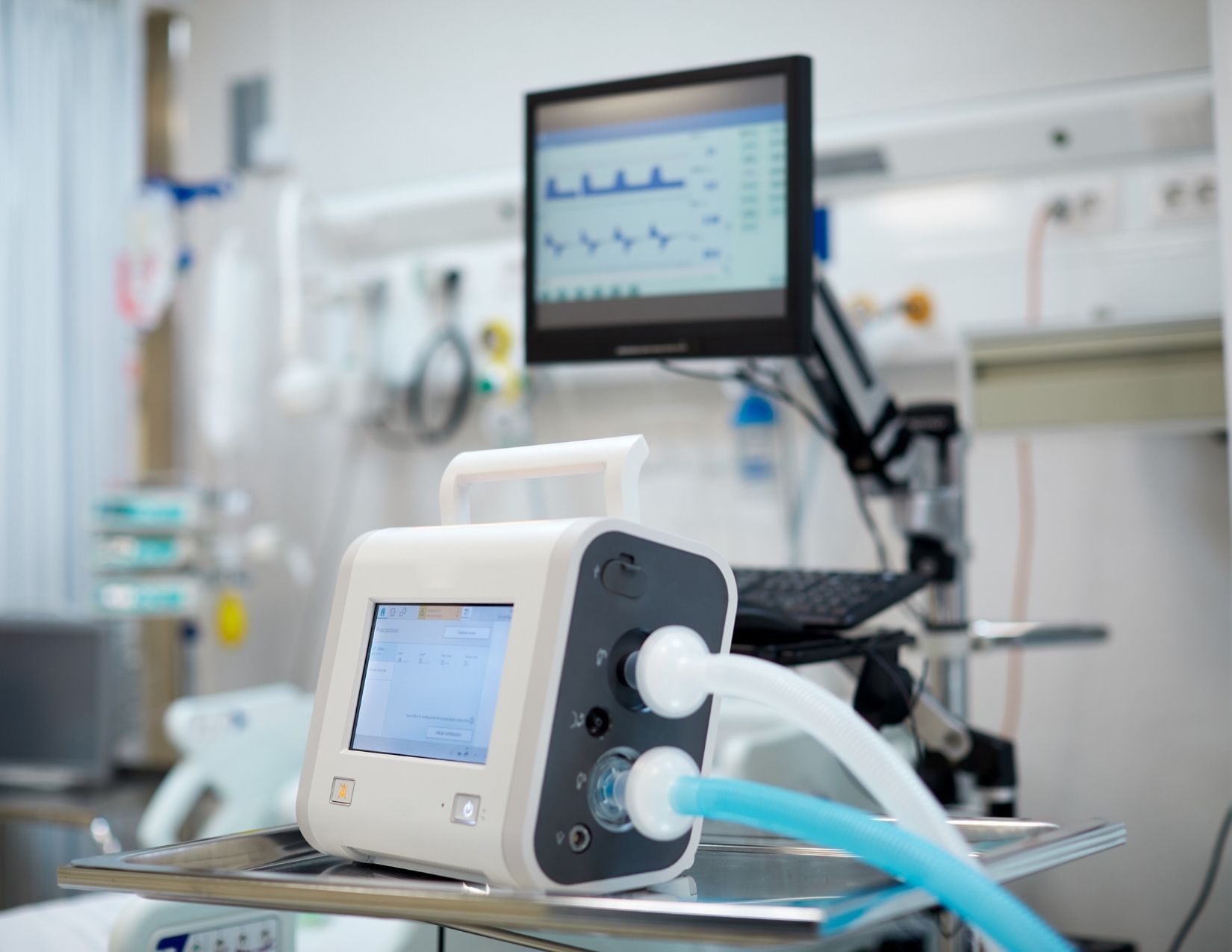
The Global Ventilator Market Grows at a CAGR of 7.75 %
The Global Ventilator Market, which was at $688 million in the year 2016, is about to double by the year 2025, and reach a value of $1,347 million. Th
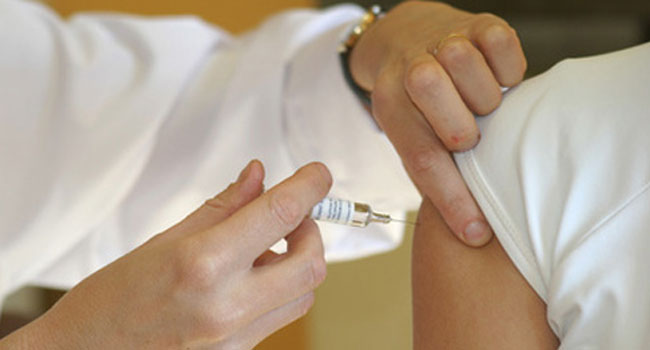
Vaccination: Vaccination Against Measles is Now Mandatory in Germany
The subject of compulsory vaccination has always heated peoples minds and caused emotionally charged discussions. The latest law in this area - the ob
Recent Posts

Growth and Future Trends of the Global In-Line UV-Vis Spectroscopy Market
In-line UV-Vis spectroscopy is a powerful analytical tool widely adopted in various industries for real-time monitoring of chemical and biological processes. This market is experiencing robust growth due to its applications in pharmaceutical.

Understanding the Growth Dynamics of the Premium Luggage Market
The market for premium luggage has grown massively over the years. This is attributed to several factors, including a change in consumer preference, increase in disposable incomes, and an overall rise in international travel.

Global Potassium Sorbate Market: Growth and Forecast
The Global Potassium Sorbate Market has gained significant traction due to the rising demand for preservatives across various industries, especially in food and beverages. Potassium sorbate, a salt of sorbic acid.

Global Venturi Masks Market Growth and Forecast
Venturi masks, also known as air-entrainment masks, play a crucial role in delivering a precise oxygen concentration to patients, particularly those suffering from chronic respiratory conditions such as COPD (Chronic Obstructive Pulmonary Disease).

Global Venous Thromboembolism (VTE) Therapeutics Market: Overview, Growth, and Forecast
Venous thromboembolism (VTE) is a critical medical condition including deep vein thrombosis and pulmonary embolism. In fact, it is one of the preventable causes of death in the hospital environment. It has experienced a substantial upsurge.

Global Vein Illumination Device Market: Growth and Forecast
The global vein illumination device market is experiencing significant growth, Due to a growing demand for minimally invasive procedures and an increase in chronic diseases, not to mention development in medical technology.
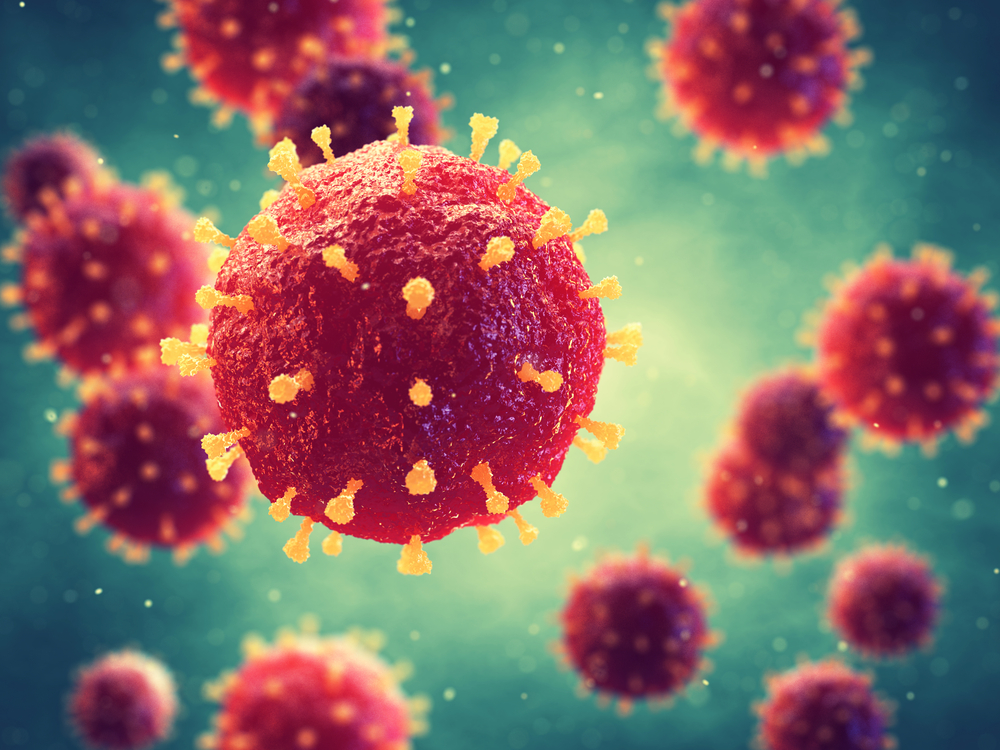
Global Vasculitis Treatment Market: Growth and Forecast
Vasculitis represents a group of disorders involving inflammation of blood vessels. It can affect parts of the body such as the skin, kidneys, lungs, and joints, and without proper treatment it may cause severe morbidity.
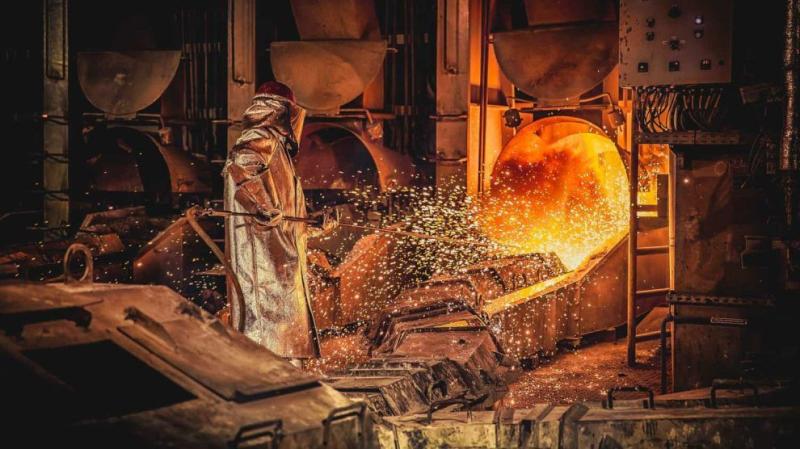
Global Fired Heaters Market: Growth and Forecast
The global market for fired heaters is growing at a rapid pace due to increased demand from major industries such as the oil & gas, chemical, and petrochemical sectors. Fired heaters are among the most crucial components of process heating systems.
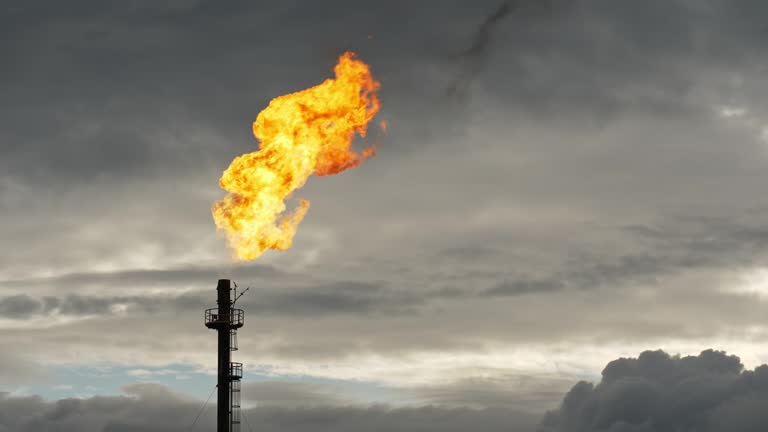
Global Gas Flares Market Growth and Forecast
The growth in oil and gas production, environmental regulations, and a need for an effective waste gas management system are driving the global gas flares market. Gas flares are a crucial equipment in the oil and gas industry.

Global Steam Reformers Market: Growth, Trends, and Forecast
The steam reformers market is witnessing significant growth due to increased demand for hydrogen in industries like chemicals, refining, and fertilizers.
